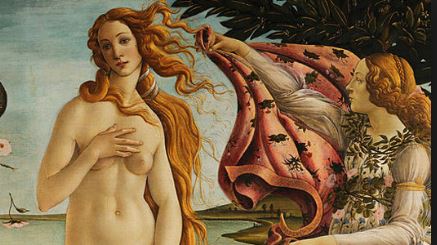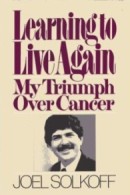We were sitting at an upscale bar in Richmond waiting for me to appear on the evening news. NBC. My book Learning to Live Again had just been published. It was a hot summer. Diana, my lover for three years and wife for two, and I had more than survived marriage. Would we survive the autobiographic book I had just published in 1983 describing a previous romance to Laura, the woman whose love made it possible to get through my first experience with cancer?
Learning to Live Again: My Triumph Over Cancer
December motto plus optional isolation
Dr. Jeniffer Simon, a caring and experienced urologist, Geissinger Medical Center, State College PA showed me on her computer this image–a cancerous tumor surrounding my right kidney, referring me to Memorial Sloan Kettering Cancer Center in New York City. “Unless you have surgery quickly, you will be dead in 10 years.” The date: April 5, 2013, […]
My first cancer survival at age 28
I have been describing my third cancer experience at age 65 when I was diagnosed in April in State College PA and had a successful operation in August in New York City at Memorial Sloan Kettering Cancer Center.. This is an account of my first cancer survival at age 28. How did I survive cancer three times? How was I able to father two daughters after massive radiation treatment? Why was cancer treatment responsible for my becoming a paraplegic?
What was my emotional state during these three experiences which otherwise might have forced me to concentrate on death rather than enjoying life?
++++
Answers may be difficult to provide, but what follows is my first attempt to use language for the ineffable.
Two years after my experience with Hodgkin’s disease, my publication on the subject in The New York Times, my appearance on ABC’s Good Morning America, I received a book contract and proceeded to interview formally (receiving signed releases) and on tape the accounts of….
My personal experience with cancer—Cancer III, II, I
New York, New York, Saturday, April 13, 2013: My third cancer is new. It did not present itself as a suspicious sign the way the lump (tumor) did under my right arm leading to a diagnosis of Hodgkin’s disease followed by major surgery and two rounds of radiation treatment when I was 28 years old. […]
Learning to Live Again, My Triumph Over Cancer
Library Journal review Solkoff, Joel. Learning To Live Again: My Triumph over Cancer. Holt. Jun. 1983. c.220p. LC 82-18743. ISBN 0- 03-057647-4. SI6.95. MED/PER NAR Solkoff is diagnosed as having Hodgkin’s disease, a type of cancer. He fears the disease and the possibility of death. He undergoes radiation treatment to eradicate the cancer, “Radiation treatment […]


